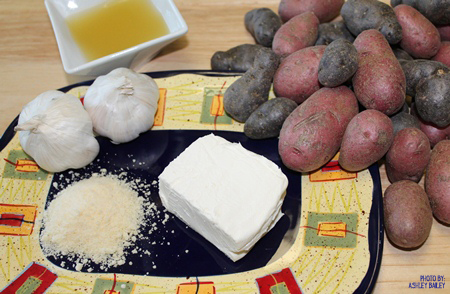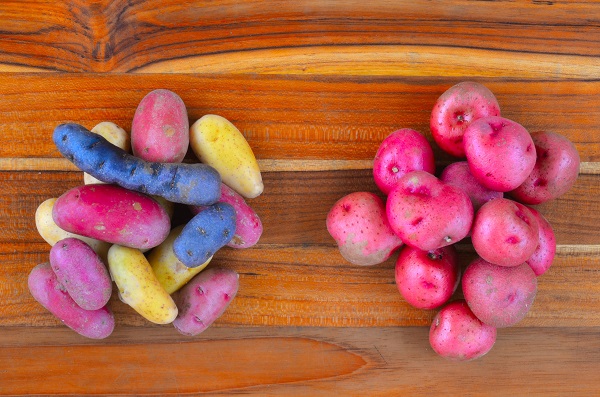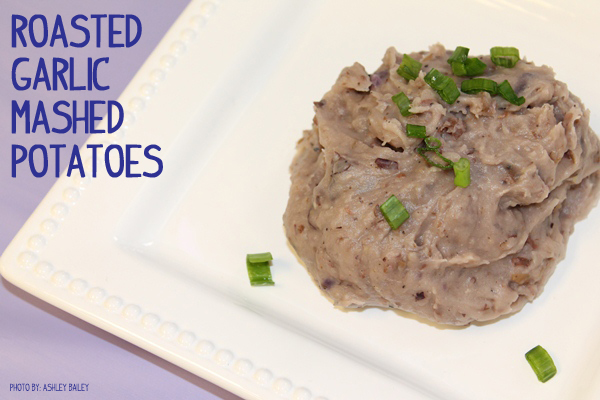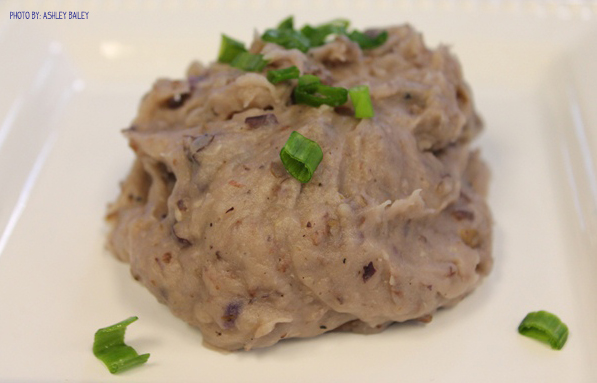Today is American Diabetes Association Alert Day®: a one-day "wake-up call" to bring attention to the increasing prevalence of diabetes worldwide. Whether or not you have diabetes, today is a perfect time to step back and think about your current lifestyle and what you can do NOW to prevent or delay the onset of Type 2 Diabetes.
No More White Food?
When people learn they’re at risk for or have diabetes, the initial reaction is often "I can never eat white food again"- no potatoes, no pasta, no bread, etc. While there is some truth to this message, in reality we should be focusing on cutting back on the amount of refined, simple carbohydrates we consume.
Simple carbohydrates, also referred to as high-glycemic foods, are found naturally in fruit and milk and in processed and refined foods like sugar, syrup, honey, sodas, candy, cakes and sweets. They digest very quickly and provide a fast source of energy. When eaten alone, these foods cause a rapid spike in blood glucose levels, followed by an equally quick glucose crash. Over time, consuming a diet high in simple carbohydrates not only increases your risk for developing diabetes, but also robs you of energy and productivity.
In contrast, complex carbohydrates, or lower-glycemic foods, take hours to digest, allowing the glucose to slowly trickle into the bloodstream and be used more efficiently by the body. Complex carbohydrates are found in foods like whole grains, beans, oatmeal, legumes, some vegetables, etc.
Instead of completely cutting out "all things white," focus on choosing healthy sources of carbohydrates from complex carbohydrates and when you do choose simple carbohydrates, opt for naturally occurring sources like fruit and milk.
Remember to ALWAYS ANCHOR your carbohydrates with a lean protein or healthy fat! Check out our post on No Naked Carbs for more information on "anchoring."
Tame the Sugar Rush
Potatoes: to eat or not to eat? Americans consume an average of 130 pounds of potatoes a year, with white potatoes accounting for 32% of all vegetables consumed by adults. That’s a lot of potatoes and more than any of us really need!
Potatoes often get a bad rap, but in reality they’re a great source of many key nutrients including potassium, vitamin C, and vitamins B2 and B3. The problem comes in how much we eat, how we prepare them (deep-fried, au gratin) and what we pile on them (cheese, bacon, ketchup, sour cream). Most modern varieties of potatoes are also naturally high-glycemic.
However, the following tips will help "tame the sugar rush" that can be caused by potatoes:
- Choose New Potatoes: new potatoes (small red, white or boiling potatoes) create a lower spike in blood sugars compared to old or baking potatoes like Russets, sometimes up to half as much! They also have thinner skins which make it more palatable to eat.
- Eat the Skins: potato skins contain about half of the antioxidant activity of the entire potato and are high in fiber. Fiber slows digestion, giving potatoes a lower-glycemic value.
- Pair with a Fat: add a source of healthy fat to your potatoes such as olive oil, canola oil, nuts or seeds. Fats help to slow the digestion process which, in turn, will lower the rise in blood sugars.
- Let them Chill: allow potatoes to chill for at least 24 hours after cooking before eating. This process magically lowers the blood sugar response by as much as 25%! The cool temperature converts the starches into a more resistant form that is broken down more slowly. Re-heating does not impact the lower-glycemic status so bake today, chill tonight, and re-heat tomorrow!
The recipe below incorporates all of these glycemic-lowering tricks. Throw everything into a slow cooker when you get home from work and it’ll be done before you go to bed. Let it chill overnight in the fridge and re-heat for dinner the next night!
Source: Robinson, Jo. Eating on the Wild Side. New York: Little, Brown and Company, 2013.
Roasted Garlic Mashed Potatoes
Recipe Adapted From: A Year of Slow Cooking
Serves 10
Ingredients

5 lbs purple and/or red potatoes, skin on, quartered
20 garlic cloves, peeled (about 2 heads of garlic)
1 cup low-sodium chicken broth
4 oz cream cheese, softened
½ cup grated Parmesan cheese
Salt and ground black pepper, to taste
Directions
- Place quartered potatoes into a crock pot (leave the skin on for extra color, texture, and fiber).
- Toss in garlic cloves and season with salt and pepper, to taste. Pour in chicken broth.
- Cover and cook on Low 6-7 hours or High 3-4 hours. Potato pieces should slide off a fork and garlic should be golden brown and pretty shiny. If you have a lot of liquid in the bottom of the crock pot, drain off some of the extra liquid.
- Add softened cream cheese and use an immersion hand blender or potato masher to mash potatoes until creamy. Stir in Parmesan cheese.




